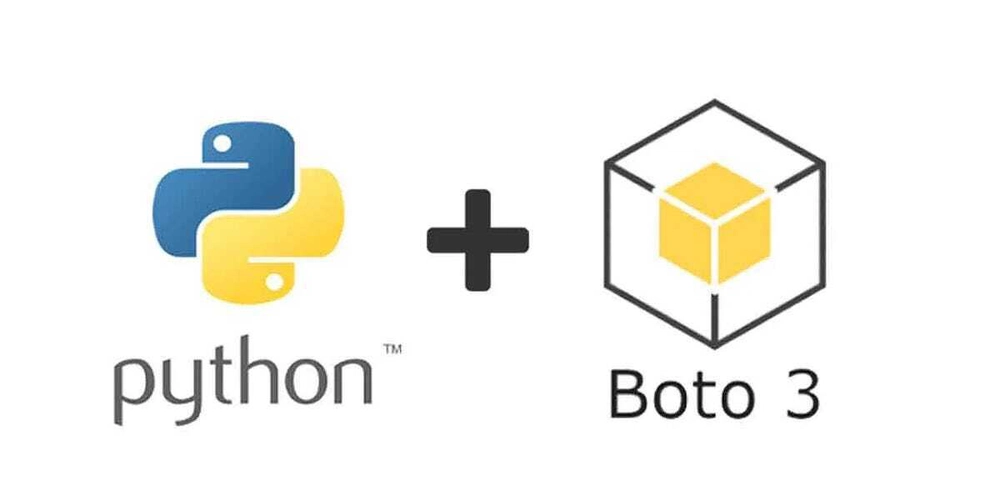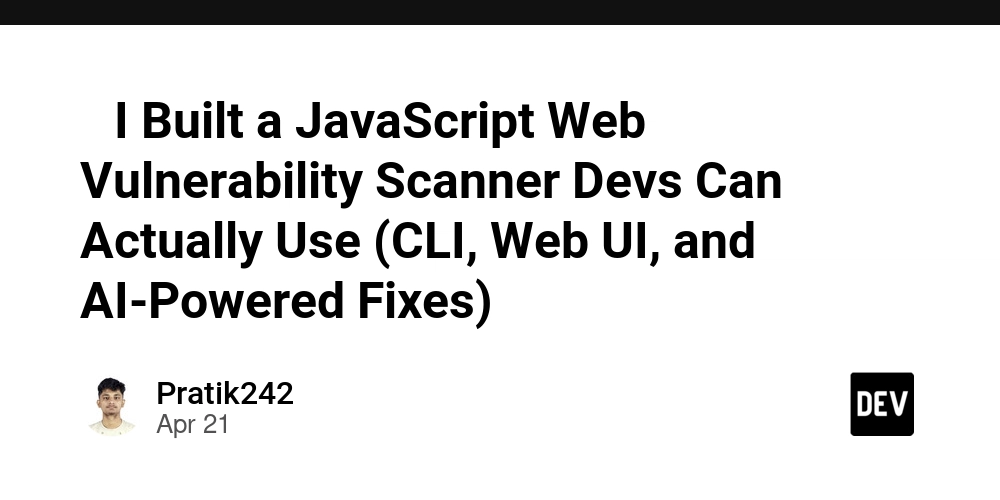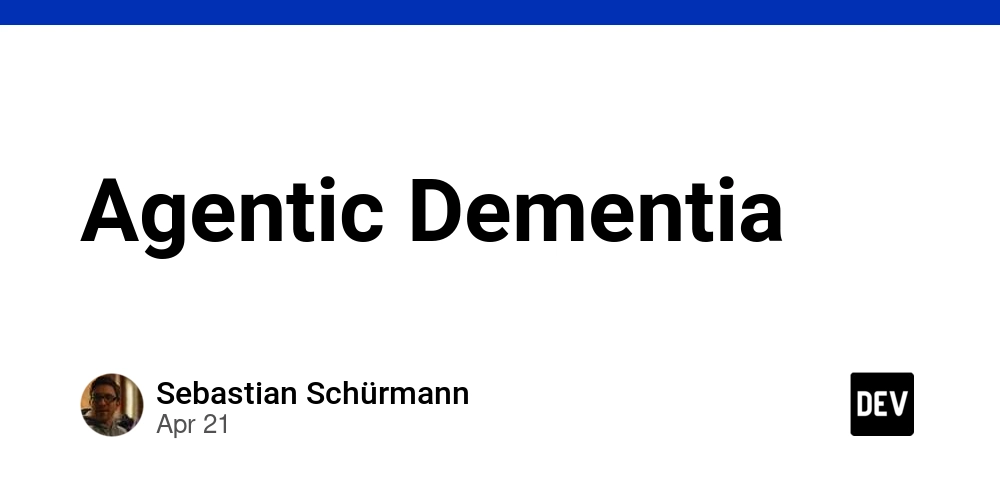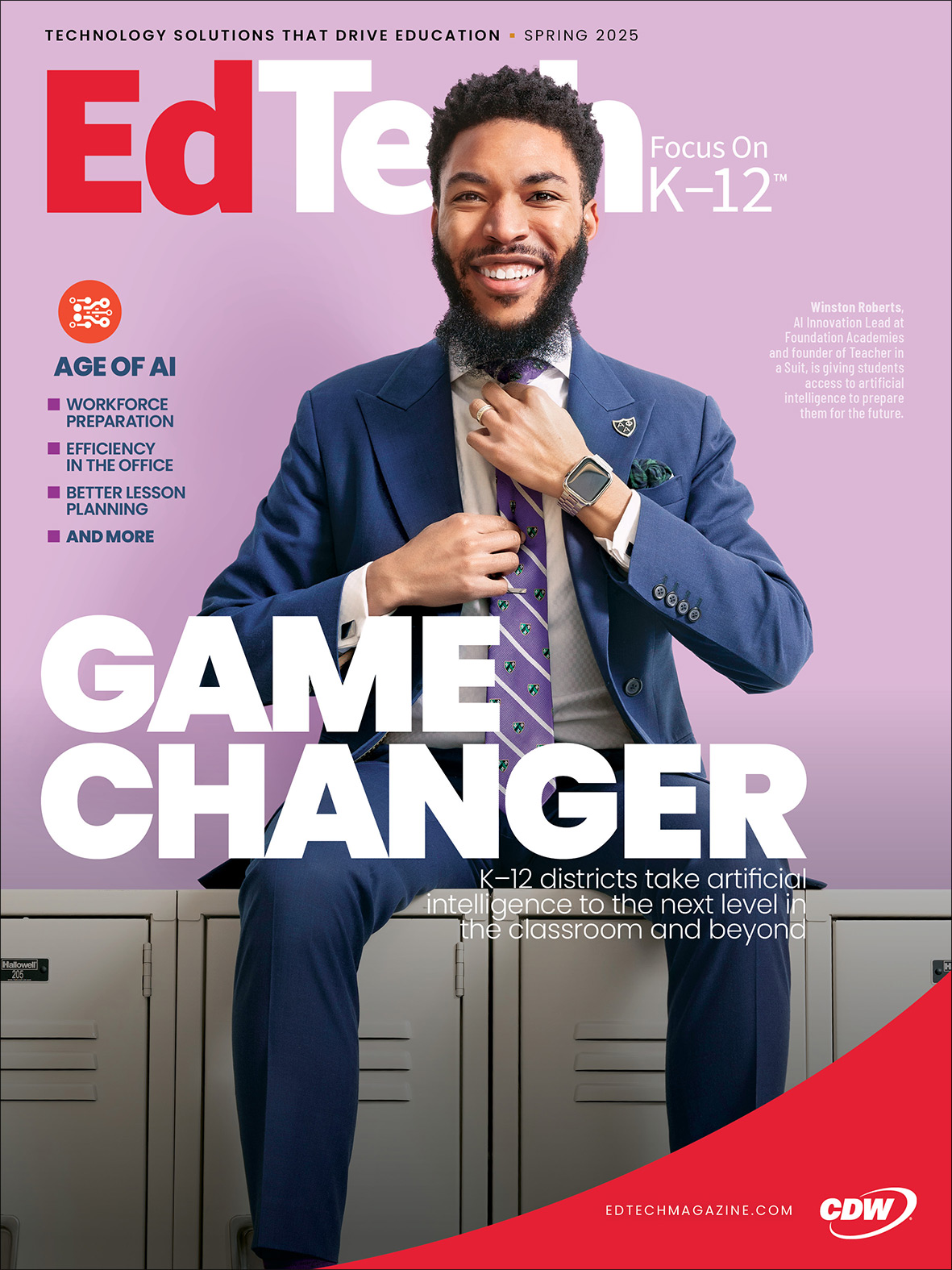Code Plagiarism Detection in 2025: Moss vs. Codequiry
The Moss Plagiarism Checker has long been a staple for detecting code similarities, but modern alternatives offer enhanced features for today’s coding environments. Codequiry is a robust solution, providing educators and organizations with advanced tools to ensure originality. Limitations of Moss Plagiarism Checker While the Stanford Moss Plagiarism Checker is effective for basic similarity detection, it has limitations. Its focus on pairwise comparisons can miss nuanced plagiarism, and its interface may feel dated for some users. Additionally, Moss lacks integration with broader web-based sources, limiting its scope. Codequiry: A Modern Alternative Codequiry surpasses Moss Stanford by offering a comprehensive analysis. Its algorithms detect logical similarities, not identical code, and compare submissions against peer code and online repositories. This ensures more accurate results, especially for complex projects. Other Notable Alternatives Beyond Codequiry and the Moss, tools like JPlag and Plaggie detect plagiarism in academic settings. However, they often lack Codequiry’s depth of analysis or user-friendly reporting, making them less versatile for large-scale assessments. Why Choose Codequiry? Codequiry’s advantages include: Advanced Detection: Identifies rewritten code through structural analysis. Detailed Reports: Offers clear, actionable insights for educators. Ease of Use: Simplifies workflows for academic and professional settings. Unlike Moss’s Plagiarism Checker, Codequiry balances precision with accessibility, empowering users to maintain fairness without overwhelming technical demands. Conclusion While the Moss Plagiarism Checker remains a known tool, alternatives like Codequiry offer superior functionality for modern needs. By choosing Codequiry's advanced code plagiarism checker, educators and coding competition organizers can ensure accurate, fair assessments, fostering a culture of integrity in programming.

The Moss Plagiarism Checker has long been a staple for detecting code similarities, but modern alternatives offer enhanced features for today’s coding environments. Codequiry is a robust solution, providing educators and organizations with advanced tools to ensure originality.
Limitations of Moss Plagiarism Checker
While the Stanford Moss Plagiarism Checker is effective for basic similarity detection, it has limitations. Its focus on pairwise comparisons can miss nuanced plagiarism, and its interface may feel dated for some users. Additionally, Moss lacks integration with broader web-based sources, limiting its scope.
Codequiry: A Modern Alternative
Codequiry surpasses Moss Stanford by offering a comprehensive analysis. Its algorithms detect logical similarities, not identical code, and compare submissions against peer code and online repositories. This ensures more accurate results, especially for complex projects.
Other Notable Alternatives
Beyond Codequiry and the Moss, tools like JPlag and Plaggie detect plagiarism in academic settings. However, they often lack Codequiry’s depth of analysis or user-friendly reporting, making them less versatile for large-scale assessments.
Why Choose Codequiry?
Codequiry’s advantages include:
- Advanced Detection: Identifies rewritten code through structural analysis.
- Detailed Reports: Offers clear, actionable insights for educators.
- Ease of Use: Simplifies workflows for academic and professional settings.
- Unlike Moss’s Plagiarism Checker, Codequiry balances precision with accessibility, empowering users to maintain fairness without overwhelming technical demands.
Conclusion
While the Moss Plagiarism Checker remains a known tool, alternatives like Codequiry offer superior functionality for modern needs. By choosing Codequiry's advanced code plagiarism checker, educators and coding competition organizers can ensure accurate, fair assessments, fostering a culture of integrity in programming.








































































